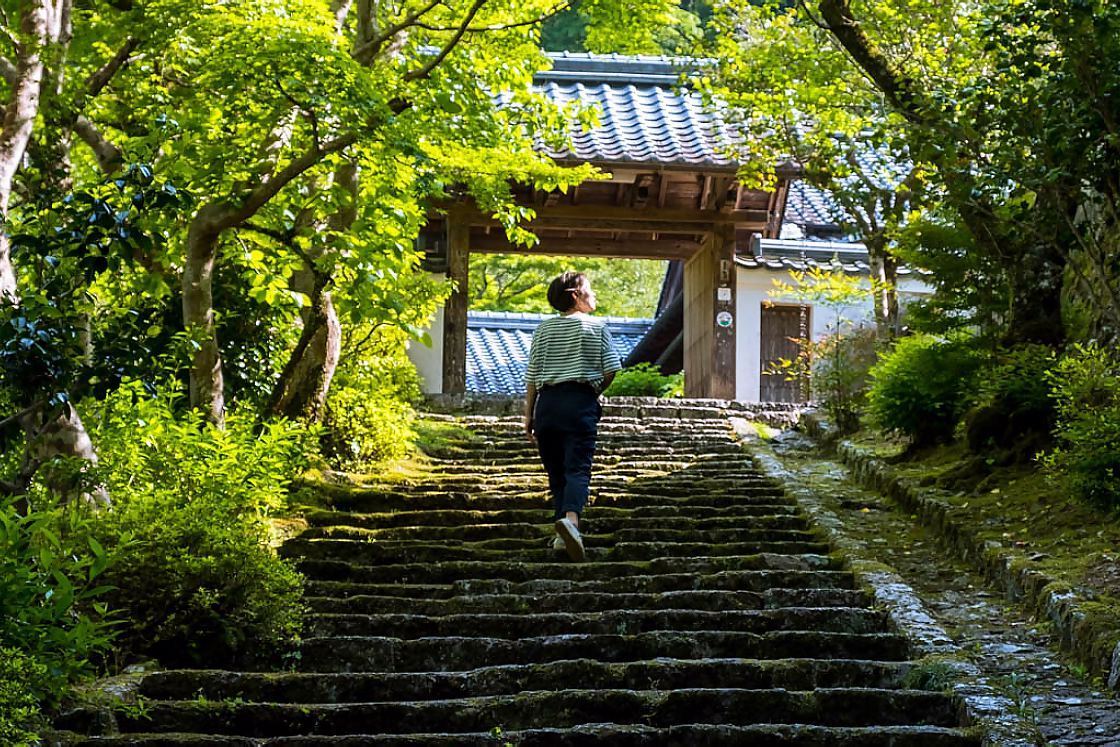From Kansai to Kochi: The No-Car Needed Guide to the Heart of Shikoku
The temples and shrines of Kyoto, street food and markets of Osaka, and deer and Buddhas of Nara enchant visitors from all over the world, who can arrive with ease thanks to conveniently located Kansai International Airport. However, the crowds and lines can take their toll, and more adventurous travelers may soon feel the need for a deeper experience, away from the sights that attract most casual visitors.
Look no further than Shikoku, Japan's smallest main island. From Kyoto and Osaka, just hop on a bullet train down to Okayama (which is well-worth a visit to see the dramatic, black castle and nearby Korakuen garden), where a quick switch to the Dosan Line train will take you on a scenic ride that connects you to lofty Kotohira Shrine in Kagawa Prefecture, the remote beauty of the Iya Valley in Tokushima Prefecture, and all the way to Kochi City, which offers an ideal base for exploring the island.
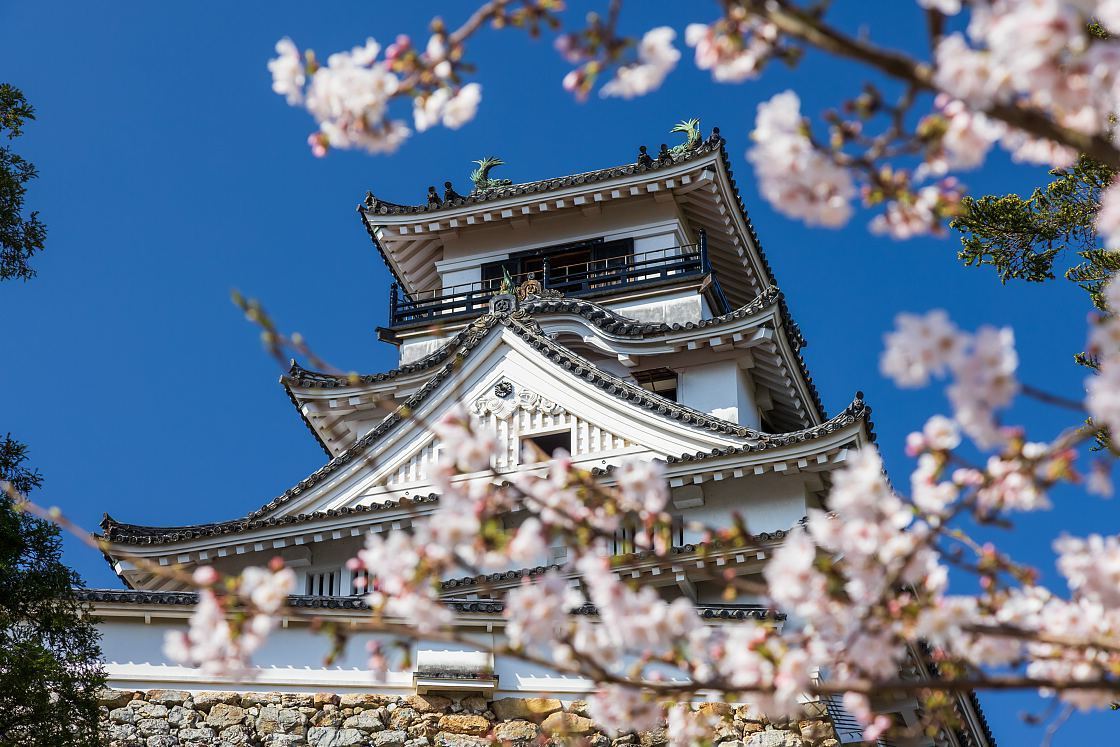
Get Your Bearings in Kochi City
The capital of Kochi Prefecture is a great base from which to plan your car-free explorations, as most rapid trains and long-distance buses pass through the city. Most of the city's sights are conveniently grouped together in a few major areas, so you don't have to scramble around to get a taste of this relaxed coastal spot.
Just a 15 minute walk from Kochi Station you will be in the heart of the city, which is centered around the grounds of soaring Kochi Castle, a 17th century beauty that is one of only 12 original castles left in Japan. Nearby you will find the Hirome Market, an indoor foodie paradise with dozens of stalls offering local dishes and drinks, such as katsuo no takaki, the seared bonito dish that is the soul food of Kochi.

If you are lucky enough to visit on a Sunday, don't miss the Sunday Market, which is the longest in Japan (running for 1.3km) and has been held continuously for over 300 years. From farm-fresh produce and crafts to mouthwatering street food like sweet potato tempura bites and veggie-based inaka sushi, there is a good reason this is one of the city's most popular sights.
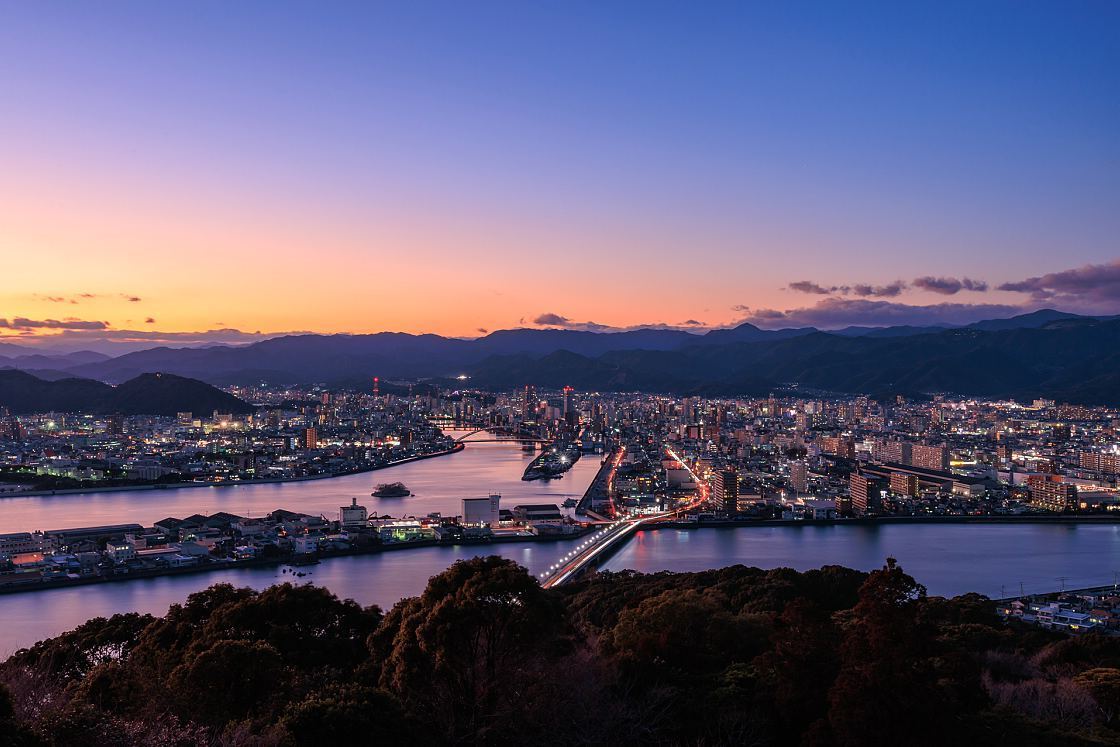
The other major sightseeing area is a short bus ride away on nearby Mt. Godai, which overlooks the city and offers amazing sunset views. During the daytime, you need to experience the serenity of Chikurin-ji Temple, where the moss-covered gardens of the approach lead to the main temple buildings, a red five-storied pagoda and an elegant 14th century garden that is well-worth the entrance fee to the temple library building.
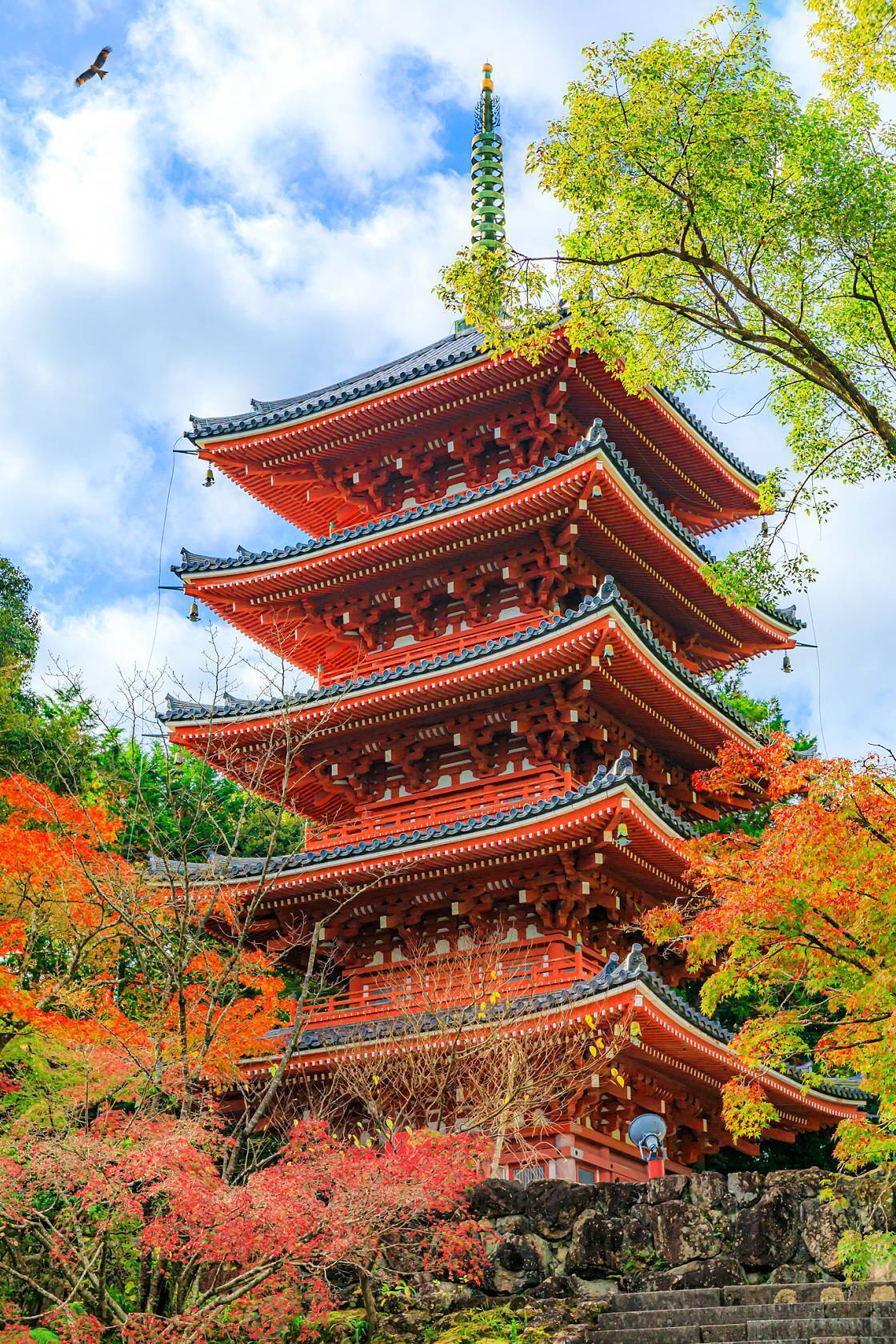
Right next door is the vast Makino Botanical Garden, dedicated to the local son and "father of Japanese botany" Dr. Tomitaro Makino. Besides wandering through the lush greenhouse and looping paths through the 3000-some plants, be sure to stop for a special Makino blend tea and cake at the Arbre restaurant or cafe.
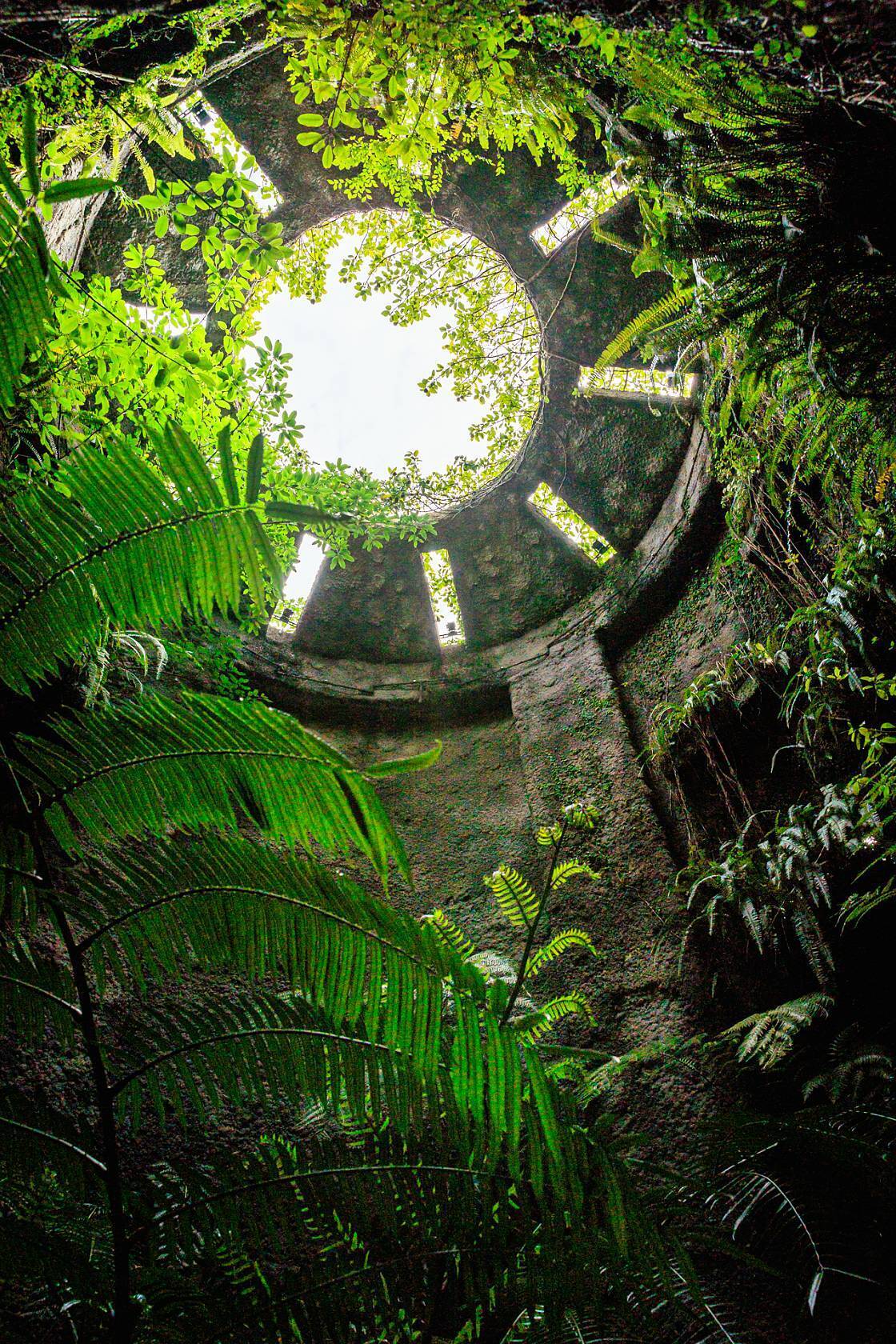
Overnighting in Kochi City gives you lots of options, ranging from the cheap and cheerful dorms of En Hostel & Bar to the minimalist-chic 7 Days Hotel, or the elegance of the Jyoseikan, where the Imperial family stay when they visit Kochi.
Easy Day Trips from Kochi City
As Kochi Prefecture is long and thin, a lot of the major sights tend to be sandwiched in the area between the mountains and the Pacific Ocean, which have good train connections to the prefectural capital.
If you aren't using a JR Rail Pass, you may want to look into a ALL SHIKOKU Rail Pass, which gives you access to all the express trains that crisscross the island, and allows you explore Kochi and the rest of Shikoku for one flat fee.
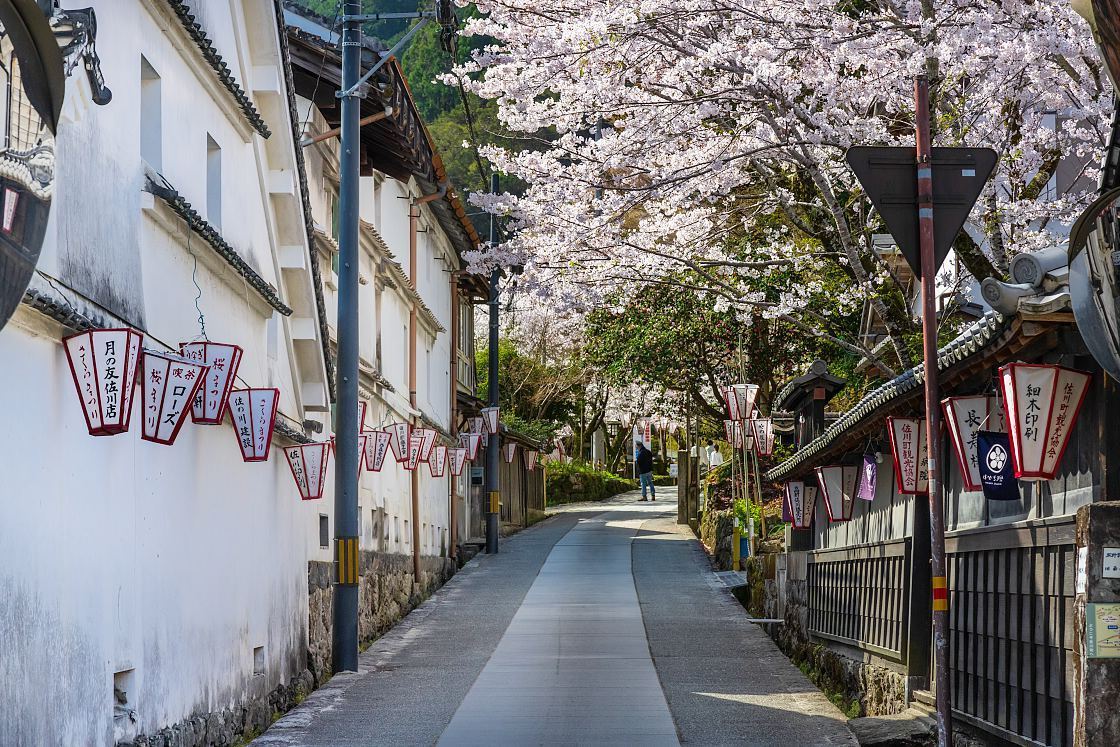
Sakawa, the town of botany and sake - 30 min by train from Kochi Station
This charming little town is best known for the retro Edo and Meiji period (1600-1912) buildings lining the streets, including the over 400-year-old Tsukasabotan sake brewery, a samurai residence and Sakawa Bunko Kosha, a European-inspired wooden building that was formerly the local police station. The Hamaguchi Residence, once a merchant's home, now houses a little cafe and shop overlooking the pretty garden where you can have cakes and coffee, and offers lunch on weekends. At Sake Gallery Hotei you can browse the creations of the Tsukasabotan brewery, along with local crafts and snacks. Seigenji Temple, tucked behind the brewery, also has a lovely, Zen-like garden, which is considered one of the finest in Kochi Prefecture.
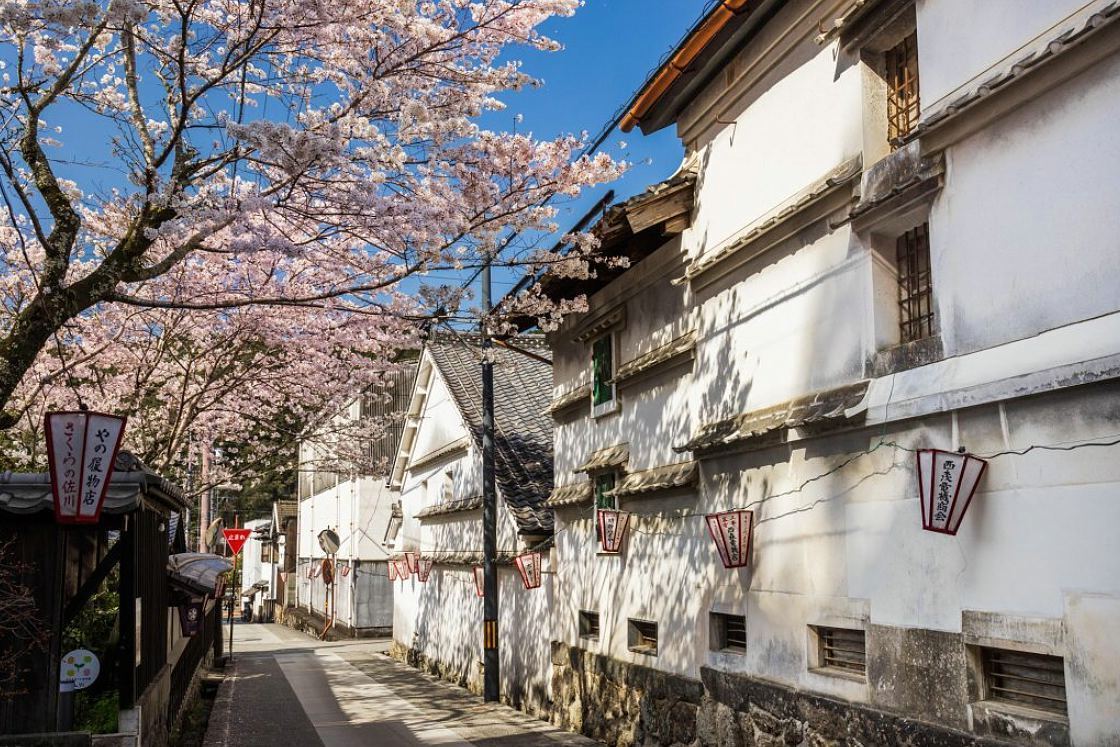
Japanese botanist Dr. Tomitaro Makino was born in Sakawa, and on the mountainside overlooking the town Makino Park honors his legacy. This is a must-see in spring, when 28 varieties of cherry trees bloom from early February to mid-April, blanketing the slopes in pink and white. Many of the cherry seedlings were donated by Dr. Makino himself, and there are dozens of varieties of flowering plants, so that there is always something in bloom.
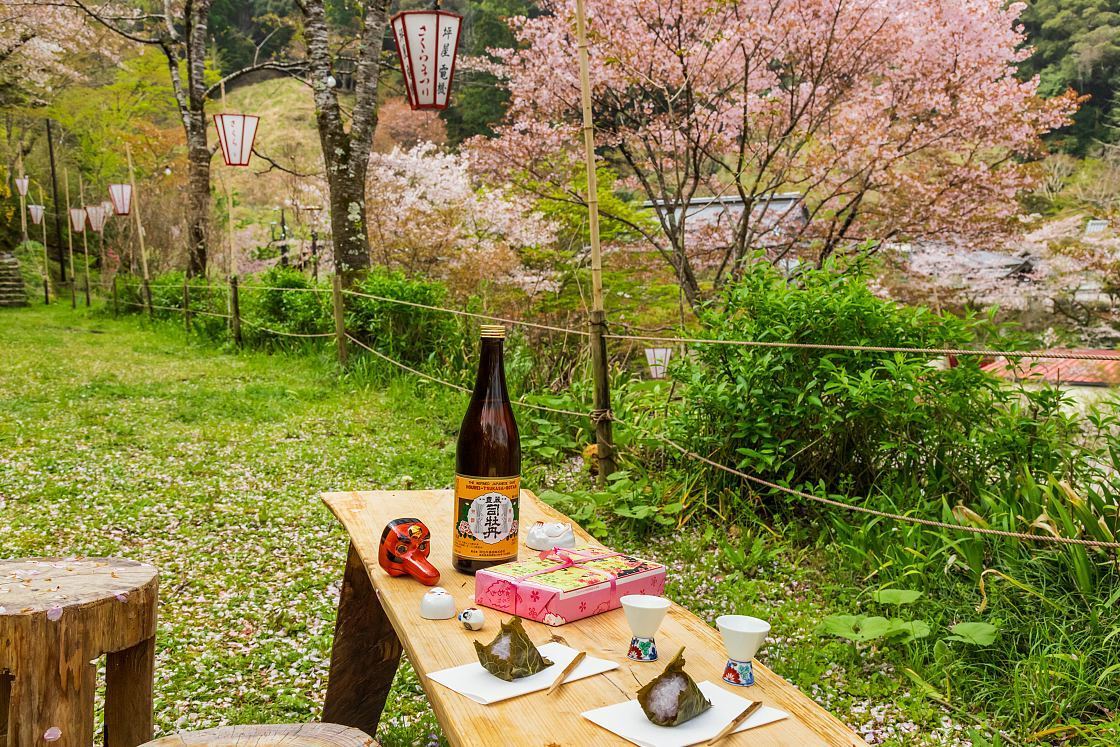
Access: there are regular trains between Kochi and Sakawa Station. The express train takes 30 minutes, and even on the local train the trip is under an hour.

Aki, the samurai seaside town - 1 hour by train from Kochi Station
Aki is a former castle town built on the eastern side of Kochi. While only the foundations of the castle remain, the houses of the samurai still stand in the Doi Kachu area, where the lanes are lined with traditional houses and attractive bamboo walls.

A short walk away is the Nora Dokei field clock which has become Aki's most iconic sightseeing spot. It is the creation of landowner Hatakenaka, who received an American-made clock which he repeatedly took apart and reassembled to figure out the mechanisms and create his own, much larger version. He completed the large, four-faced clock in the 1880s, which is now housed in a wooden tower atop an elegant home. A nearby field blooms with sunflowers in the summer, creating an excellent photo op.
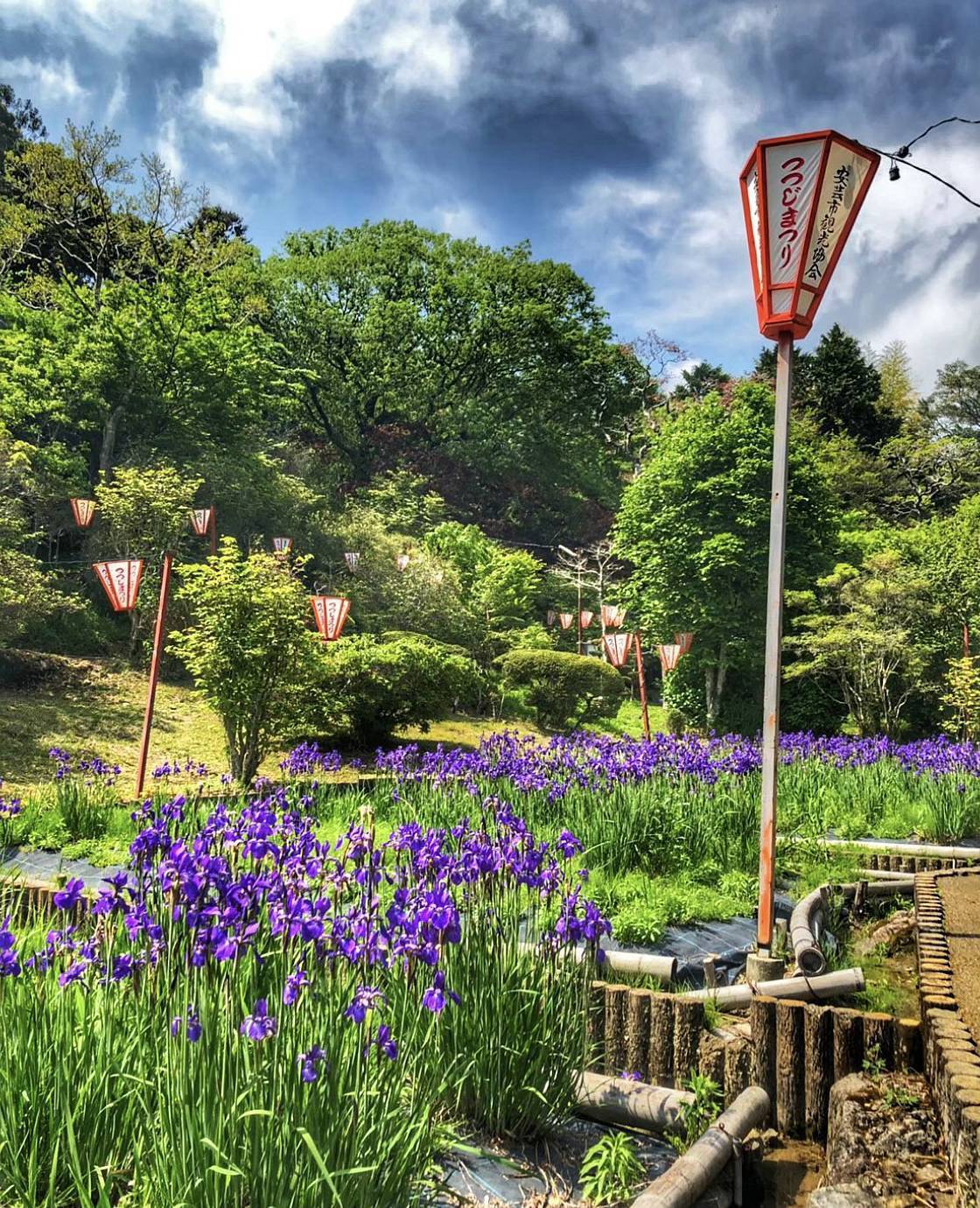
Rent a bike by the station and bike out to Uchiharano Park, about 5km away. This park and the large manmade lake were once part of the garden of the Goto family who served the lords of the Tosa domain, and is thought to have been created in the late 1600s. In April 15,000 azaleas come into bloom, turning the park pink and red with flowers, while in early summer ponds full of irises take center stage. There are also cherry and plum trees, along with wisteria in other seasons.
Aki also happens to be one of the country's leading eggplant producers, so you will find tons of dishes featuring the purple vegetable... including roasted eggplant ice cream, which you can sample at the small shop under the station.
Access: there are regular trains between Kochi and Aki Station, which take about an hour and offer some great coastal views too.
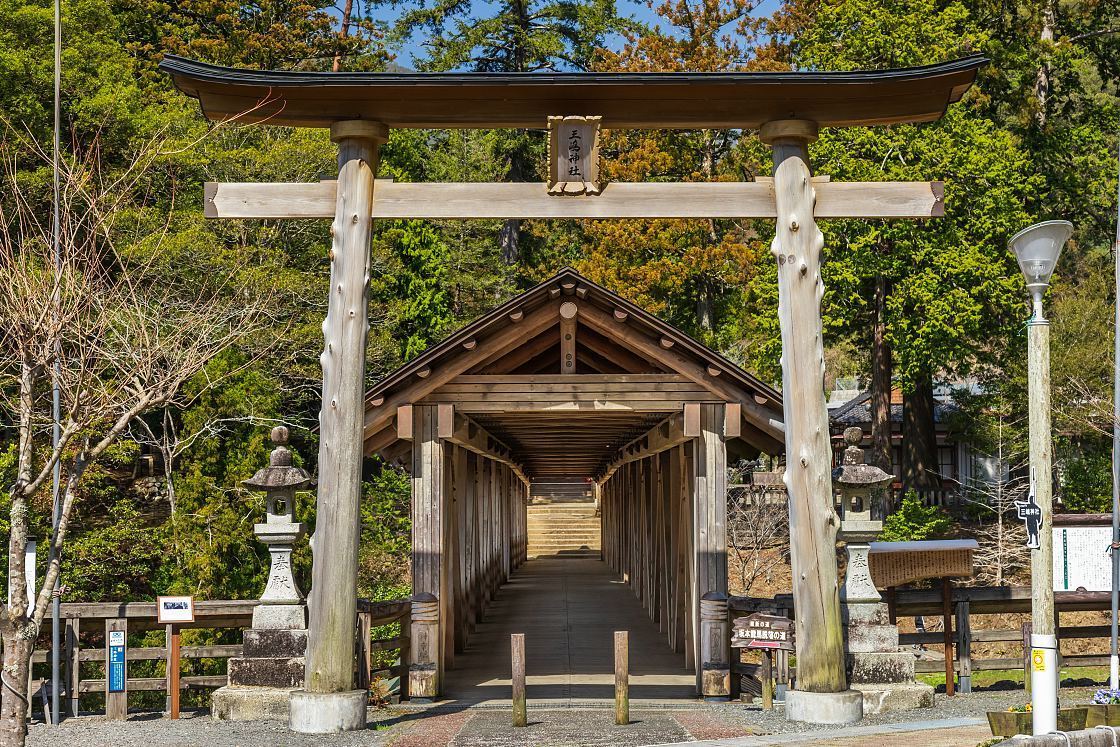
Yusuhara, the architectural town above the clouds - 2 hours by train and bus from Kochi Station
Hidden away high in the mountains, little Yusuhara was once a logging town but now is best known for its buildings designed by famous architect Kengo Kuma. The architect is said to have been inspired by the town's wooden kabuki theater and forests.
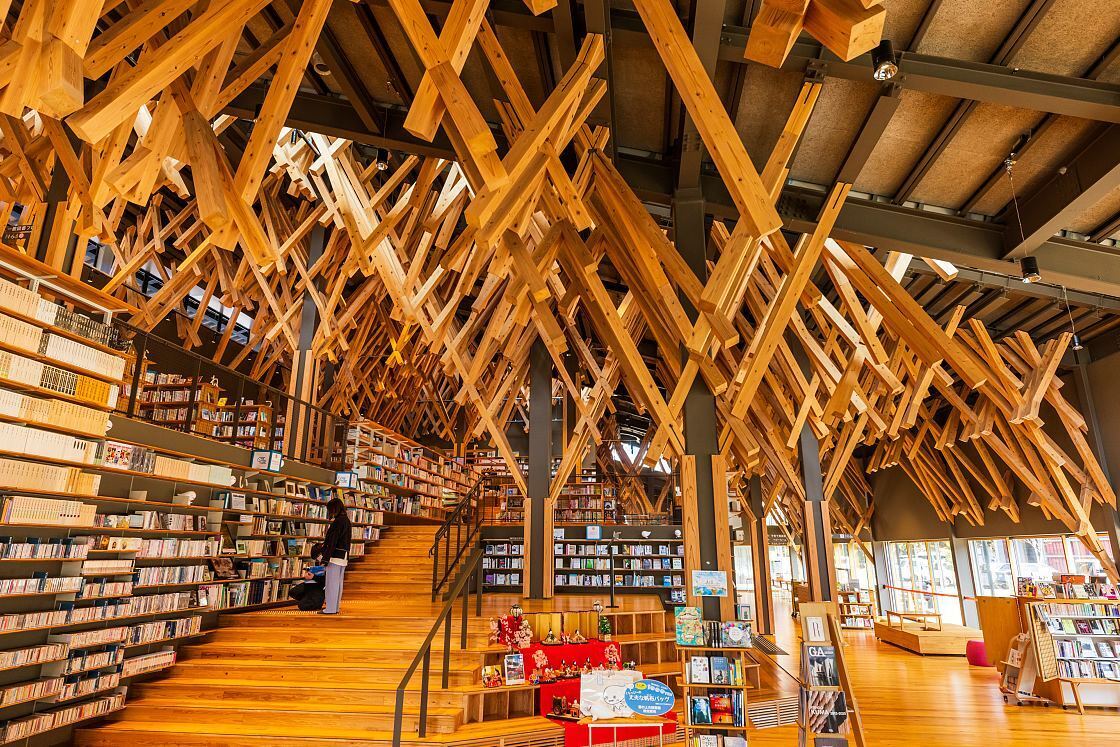
There are currently five Kengo Kuma-designed buildings in Yusuhara, of which you can visit four. The airy Kumo-no-Ue-no Library or "library above the clouds" is a dreamy temple to books with a ceiling composed of wooden beams that gives the feeling of light and shadow filtering through a forest. Nearby is the Yusuhara Town Office, with a wood and glass exterior and a stylized tea hut that represents the local connection to tea culture. Machi-no-Eki Yusuhara, a community market and hotel is the only building that incorporates thatch. Finally, the Kumo-no-Ue-no Gallery, a massive bridge-like structure created with local cedar, almost seems to float on a thin supporting beam.
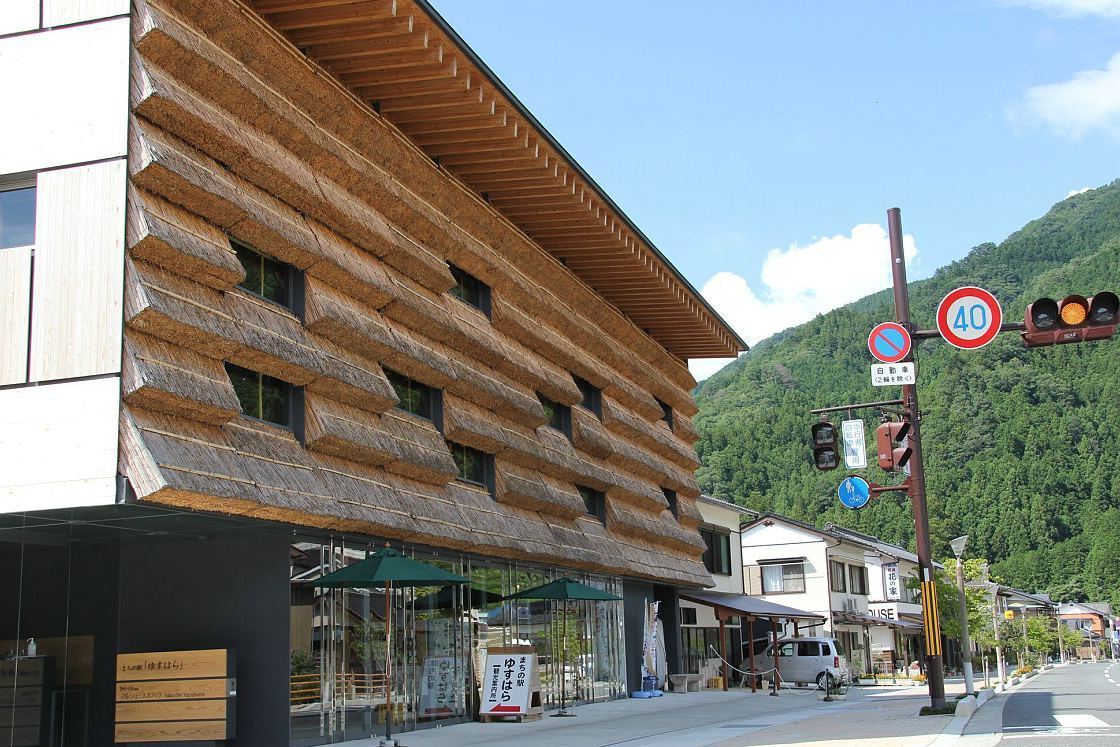
Be sure to stop for lunch the restaurant Kusabuki, a restaurant housed in a thatched roof building that serves homey dishes made from local specialties such as pheasant and sansai (mountain vegetables). A short walk from both the library and the elegant bridge to Mishima Shrine, Coffee Flag is a great spot for a cup of carefully hand poured coffee and homemade cake.
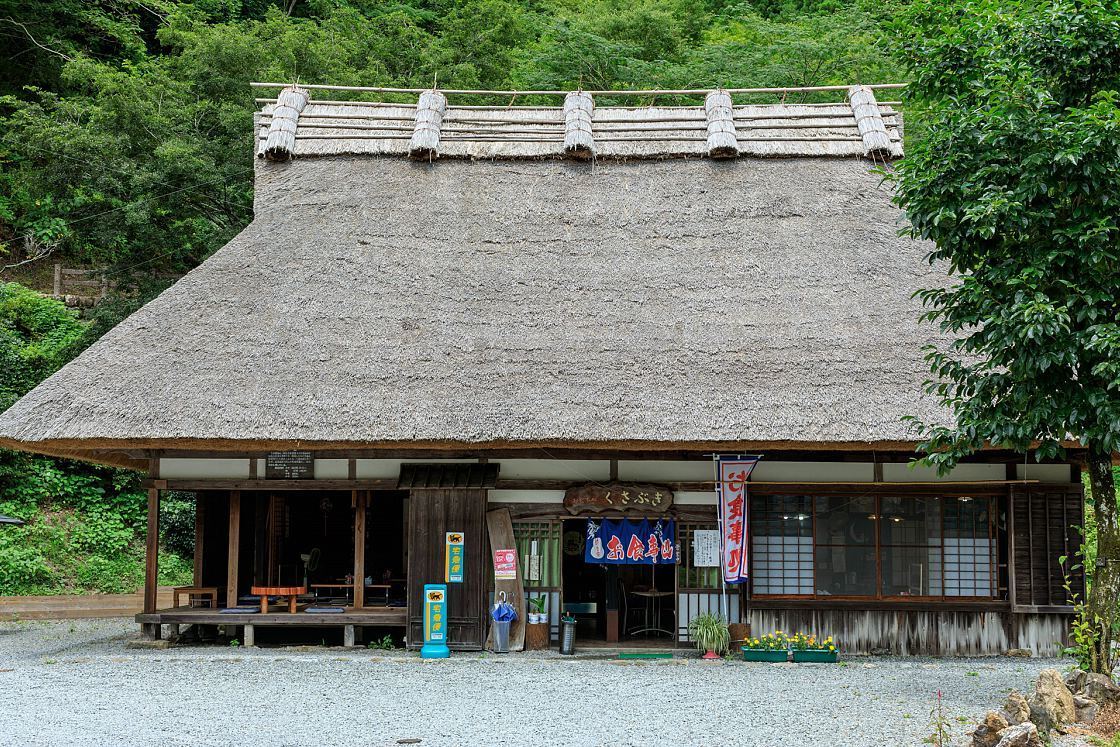
Although it requires a car (or long taxi ride) Yusuhara is also the gateway to the Shikoku Karsts, right on the border with Ehime Prefecture. You can hike along the shinrinyoku (forest bathing) therapy road, wander among the rare rock formations that would be perfectly at home in a Lord of the Rings movie, then stay in the Hoshifuru Village Tengu Highland lodge high on the plateau and watch the sunset and bright starry skies from above the clouds.
Access: although renting a car is the most common way of traveling, there are public transportation options. Take a train from Kochi Station to Susaki Station (around 40 minutes), and switch to a bus which will take you to Yusuhara in about one hour.
Hopefully we have inspired you to look beyond the beaten path, and see that exploring the more hidden gems of Japan (and Shikoku!) doesn't have to be hard. If you want more ideas for a trip to Kochi, be sure to check out: osakatokochi.com
